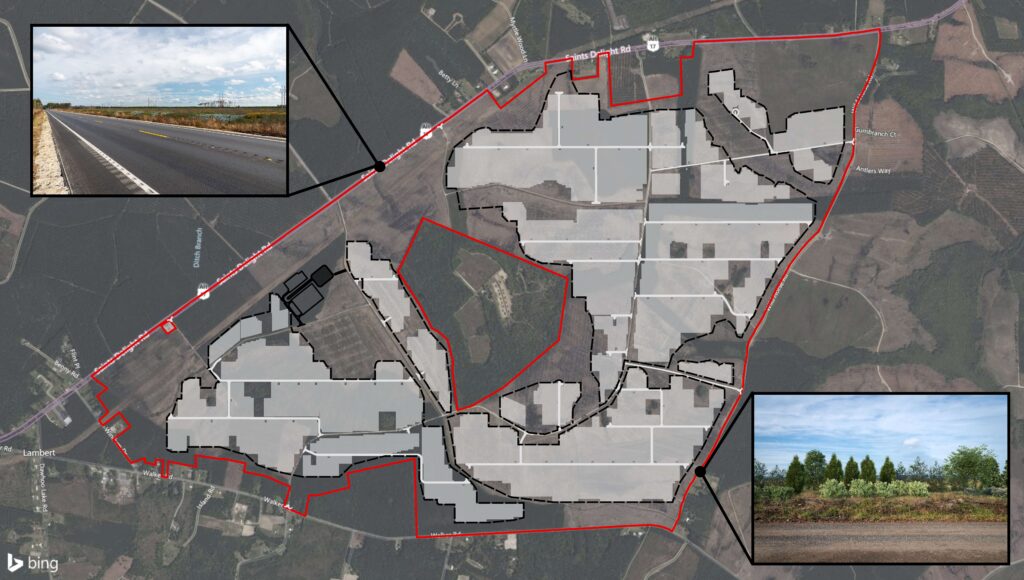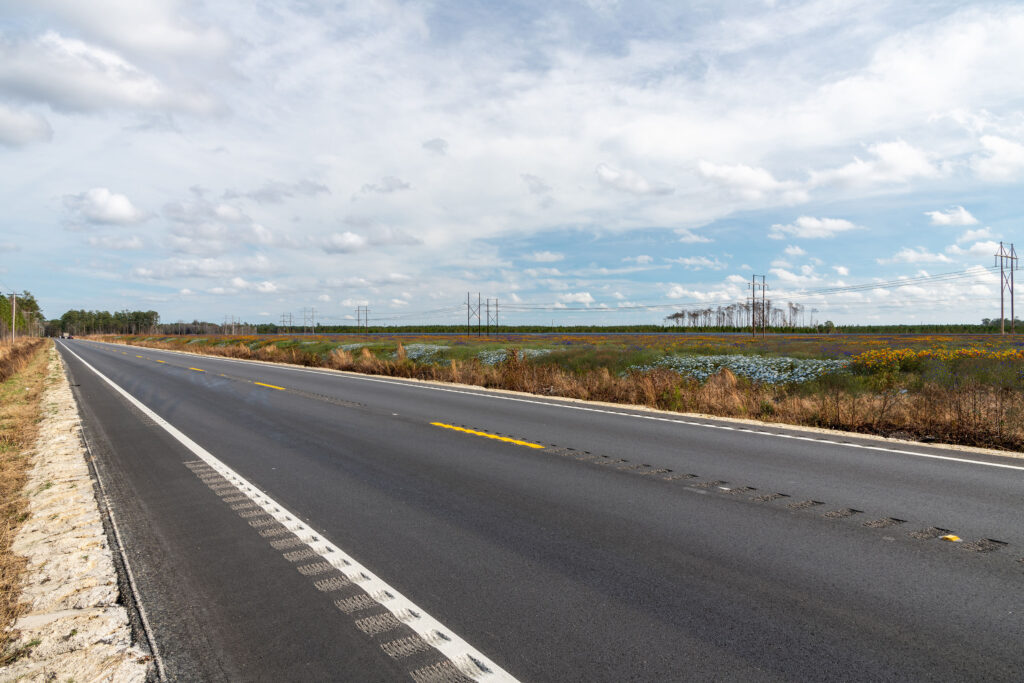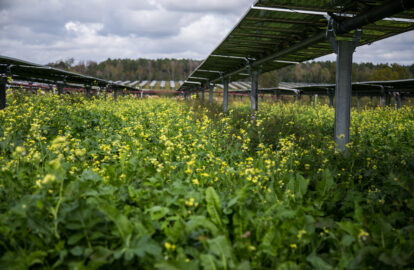We make that distinction because it is an important difference in the way our company approaches the work that we do. As the long-term owner and operator of every project that we develop—as opposed to developing projects to flip them to a third party—Silicon Ranch emphasizes a deep, long-term commitment to the communities where we locate, including in Georgetown County.
Silicon Ranch has a proven track record as a trusted partner in the communities where we own and operate solar facilities across the United States. As a long-term owner that emphasizes a deep commitment to our communities, we take special care to deliver value throughout the lifecycle of a project, including but not limited to:
Economic Benefits
- Silicon Ranch is investing more than $200 million in Georgetown County to fund the installation of a local source of low-cost renewable energy generation—on land that we will own—that will help power approximately 35,000 homes per year. To make this possible, no additional capital investment is required by the state, the county, or the utility.
- In addition to the significant capital investment, because we own the land as property owners in the community, the Lambert Solar Farm will contribute a significant increase—more than $20 million over the life of the projects—in tax revenue to support local government services and local schools, without requiring government services in exchange.
- Beyond the capital investment that we make and the tax revenues that we provide, Silicon Ranch is a strong supporter of local causes, such as our recent $10,000 donation toward hurricane relief, and we regularly support local community initiatives and economic development activities.
Jobs and Workforce Development
- During the development phase, this project is expected to support as many as 500 craft labor jobs—with a preference given to the local labor pool and the military veteran community—in addition to the multiplier effect that will benefit local hotels, restaurants, and retailers.
- Area residents seeking utility-scale solar construction experience will be given opportunities for training.
- Once operational, we expect to require 1-2 onsite electrical technicians that must be state-licensed electricians.
- 2-3 additional full-time jobs will be created for ongoing vegetation management
Educational Outreach
Beyond the economic benefits and workforce development opportunties, Silicon Ranch has found that we can have direct and tangible impact by supporting local school districts, not only through the significant property taxes we pay as landowners, but also through educational outreach to utilize our solar projects as “learning labs” to educate and inspire the next generation.
Below are a few of the many ways in which Silicon Ranch engages educational institutions of all levels, including high school, community college and university level:
- STEM Curriculum: Silicon Ranch has partnered with the Georgia electric cooperatives on the SPARK Energy Education Program, which is designed to “ignite a spark” in the minds of middle and high school students by utilizing real-world scenarios and plant data to deliver innovative energy education. The STEM-based curriculum covers several facets (with more than 75 lesson plans prepared in partnership with university professors) of energy education including traditional energy generation and transmission technologies, solar technology, and emerging technologies such as battery storage and electric vehicles.
- Field Trips/Site Visits: Silicon Ranch offers opportunities for faculty and students to visit the solar facilities to see the technology firsthand and better understand how it operates and interconnects to the grid.
- Guest Speakers: Silicon Ranch and its partners, from time to time, are available as guest lecturers and attend career fairs to give students an opportunity to hear from people who work in the renewable energy industry across a variety of business functions.
- Real-Time Data: Real-time data from the solar facility can provide critical content for lesson plans, which can incorporate plant data to deliver a “real world” application that educators can use across STEM subject areas.
Land Stewardship
Silicon Ranch’s unique business model of long-term ownership has demonstrated time and again that responsible solar development can yield valuable outcomes that benefit the land and the environment. Silicon Ranch manages solar land across a variety of ecoregions, each with its own climate, biodiversity, and soil type, and each piece of land with its own history. Our experienced team of soil scientists and land managers takes all of this into account to determine how we can nurture the land to achieve positive outcomes.
Through our Regenerative Energy® platform, a holistic approach to project design, construction, and operations, we marry solar energy generation with regenerative land management practices that promote long-term, deep-rooted vegetation and plant growth cycles. Whereas Silicon Ranch typically manages our lands with grazing livestock and regenerative ranching activities, the Southern Coastal Plain ecoregion has low-lying, wet soils that require a different land management approach to yield desired outcomes.
Silicon Ranch has worked in partnership with multiple agencies (e.g., US Fish & Wildlife Service) and not-for-profits (e.g., Coastal Conservation League) to develop a comprehensive land management plan for the site, which includes:
- ~850 acres low-growing pollinator habitat and ~260 acres tall-growing pollinator habitat.
- The project’s design was developed in consultation with the Coastal Conservation League to avoid wetland impacts and help preserve ~800 acres of the property in conservation, and by following recommendations set by the ‘South Carolina Solar Habitat’ guidelines, developed by South Carolina’s Department of Natural Resources and Clemson University.
- All screening trees have been specified as natives, and the pollinator and screening plantings were developed in compliance with the SC Dept. of Natural Resources (SCDNR) guidelines.
- Evidence from other Silicon Ranch projects has revealed that responsible land management can enhance, not harm, wildlife habitat. With a transition to zero soil disturbance after construction, perennial vegetation, and properly timed vegetation management activities, responsibly managed solar projects help restore biodiversity by creating ground-nesting bird habitat where birds and other wildlife thrive.
- Managing land through a regenerative lens leads to an emphasis on healthy soil, which increases water infiltration and retention, thereby reducing erosion and stormwater runoff.
Our goal is not just to maintain the land, but to restore it and enhance it. Our Clay Solar Project in Georgia is a documented example of pre-construction conditions and subsequent improvements we can make to the land in the process of building and maintaining the facility. By establishing multi-species grasses, in advance of construction, we were able to improve soil health during construction and will continue to do so throughout the life of the facility. You can read about it in our blog post How No-Till Seeding Helps the Solar Land Restoration Process.




